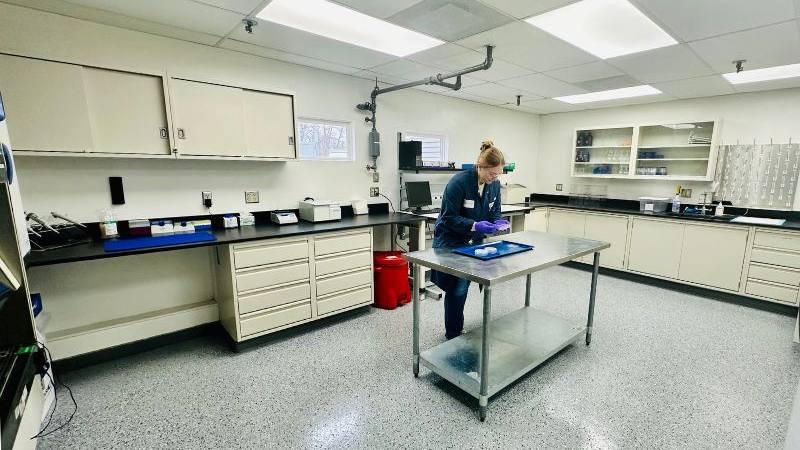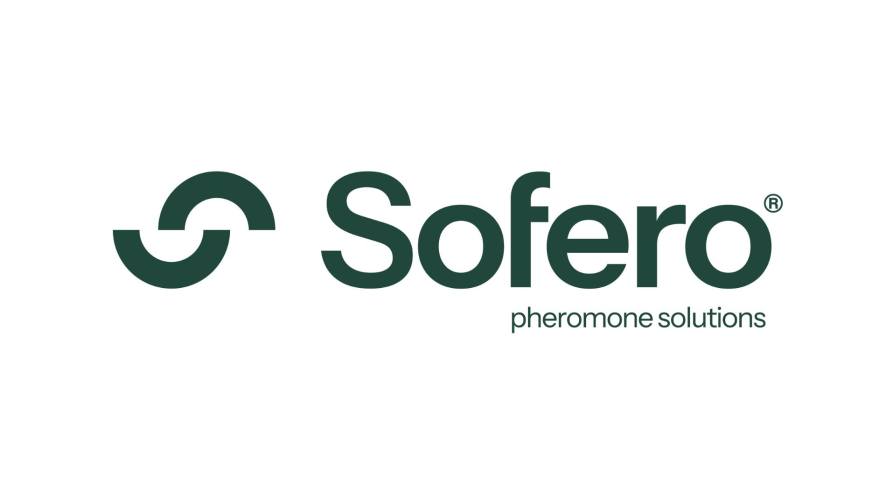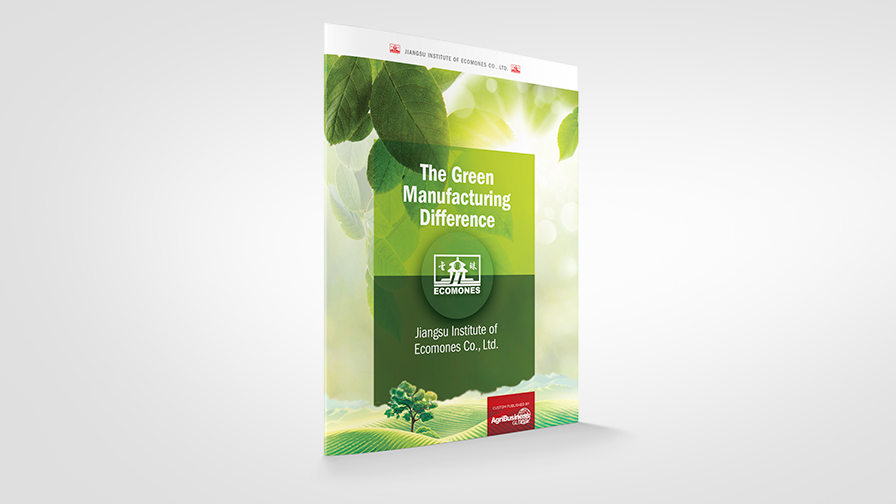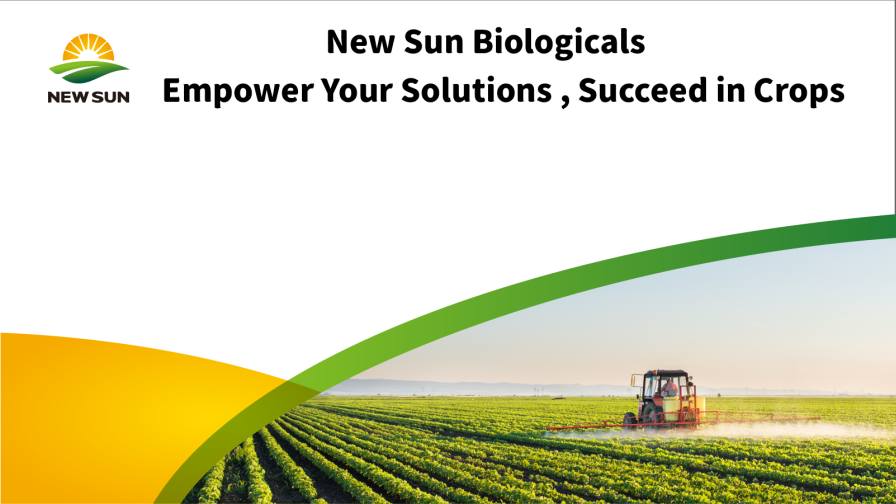AgbioInvestor’s Lawrence Middler Gives U.S. Biological Market Update
AgriBusiness Global talked with Lawrence Middler, Biologicals Senior Analyst for AgbioInvestor, about the trends in biological and plant health products for the U.S. Here he talks about U.S. growers increased use of specific biological products and what you should expect for 2025.
ABG: What biological products are currently doing well in the U.S.?
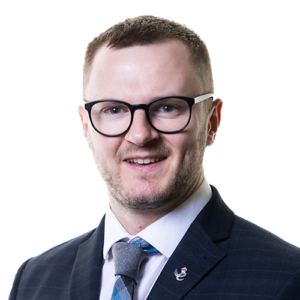
Lawrence Middler
Lawrence Middler: For the bio-aligned market, which are those products that AgbioInvestor defines as being adjacent to ‘true-biologicals’, such as fermentation products like the spinosyns, copper and sulfur fungicides, and hybrid biological products where a conventional pesticide is also included, the U.S. market is led by seed treatments. Within bio-aligned, the most prominent product identified in the market was that of Bayer’s Poncho/Votivo (clothianidin / Bacillus firmus I-1582).
On the foliar biopesticide side, products based on Bacillus spp. remain important, including Certis’ JAVELIN WG (Bacillus thuringiensis), Bayer’s Rhapsody/Serenade Opti (Bacillus amyloliquefaciens Strain Qst713) and Sumitomo Chemical/Valent DIPEL (Bacillus thuringiensis). Both maize and soybeans in the row crop market were key crop outlets, indicating that there is already a well-established row crop market for biopesticides in the U.S.
Our market research also identified that the seed treatment market was not far behind that of the foliar biopesticide market. A leading product identified was that of Heads Up from Heads Up Plant Protectants (Chenopodium quinoa saponins), which is a low-cost fungicidal seed treatment (~$4/ha) often offered as part of the seed treatment package from seed retailers in both maize and soybeans.
Bionematicides were also significant on the biopesticide side, particularly BIO ST NEMATICIDE from Albaugh (Burkholderia spp. strain A396), AVEO EZ (Bacillus amyloliquefaciens) from Sumitomo Chemical/Valent, CLARIVA PN (Pasteuria nishizawae Strain Pn1) from Syngenta, Lumialza (Bacillus amyloliquefaciens strain PTA-4838) from Corteva, VOTIVO 240 FS (Bacillus firmus Strain I-1582) from BASF, and BIOTRINSIC Z15 (Streptomyces sp. strain SYM00257) from Indigo Ag.
For biostimulants, seed treatment products led the market, mostly through microbial product adoption in maize/soybeans. This includes products such as MycoApply (Glomus aggregatum/Glomus etunicatum/Glomus intraradices/Glomus mosseoe) from Sumitomo Chemical/Valent, the BIOTRINSIC range from Indigo Ag based on Bacillus subtilis, and Bayer’s Acceleron B-300 SAT (Penicillium bilaiae).
We are also seeing an increasing market development for nitrogen fixing microbials (inoculants/biofertilizers), with companies such as Pivot Bio and their range of optimized inoculants such as PROVEN 40 (Klebsiella variicola/Kosakonia sacchari) performing well.
ABG: What products are expected to do well in the U.S. in 2025?
LM: Net cash farm incomes fell in 2023 and are also forecast to decline in 2024 and 2025. Therefore, I would expect that growers will increasingly be looking to adopt products which can drive efficiencies in input usage. This will include further adoption of nitrogen fixing products, phosphate solubilizers, and so on.
Fertilizer prices, although having fallen from the peaks in 2022, remain high by historical standards. A number of companies including Pivot Bio have been successful in marketing optimized nitrogen fixing products to growers, with the key to success being heavily influenced by product efficacy and working with growers through the distribution channel, for example via the agronomist to communicate the optimal use of the products.
The bionematicide market, both for microbials and natural product-based actives, is also likely to continue growing strongly as a number of older classes of nematicide chemistry have come under regulatory pressure or left the market. However, it should be noted that there are two new chemical nematicides, fluazaindolizine (Corteva) and cyclobutrifluram (Syngenta), both of which have novel modes of action and could be competitive with bionematicides. However, there does appear to be an opportunity to use bionematicides alongside these products in spray programs, which could create some synergisms.
ABG: What companies are successfully bringing products to the U.S. market and why?
LM: Due to the competitiveness of the U.S. market, companies with the greatest scale and access to distribution channels, both in-house and through established third-party agreements have been able to gain market share with their own biological products. This also allows these companies to acquire third-party products from smaller pure-play biologicals companies and bring them to market in a competitive way. This is of course to the disadvantage to smaller companies with poorer product efficacy and pipelines, as the landscape is competitive from the perspective of selective investments
Notable examples of recent company acquisitions that have brought significant product ranges to the company in the U.S. include Corteva’s acquisition of Stoller (specialty crop nutrition), FMC’s acquisition of BioPhero, which brought with it a significant range of pheromone products with FMC developing products for both North America and globally; and Syngenta’s acquisition of Valagro.
Companies such as Sumitomo Chemical subsidiary Valent Biosciences are a good example of a company with access to a strong existing R&D operation and one that has made a number of R&D facility investments with the aim of bringing novel products to the market in the U.S. and beyond.
ABG: What are the top three hinderances in getting into the U.S. market?
LM: Farmers in the U.S. have access to many of the latest crop protection innovations, therefore from a marketing perspective, it may be difficult to differentiate products from one and other. It is imperative to bring the most efficacious products to market and to work with the distribution channel/agronomists to communicate the benefits and optimal usage.
As mentioned above, grower incomes are currently under significant pressure. Biologicals are often sold at a premium compared to conventional crop protection products, therefore there needs to be a clear case made to growers on return on investment. This will of course be less problematic for the most efficient nitrogen fixing products. Poor quality biostimulants, or ones used in a sub-optimal way, could lead to a yield penalty and damage the company’s brand identity and hurt grower’s financial returns.
Equipment compatibility is vital – product efficacy is one thing, but the product must be able to be used seamlessly in existing application systems, unless we are considering drone application, where formulations are optimized for that modality. More and more farmers are using precision application systems. While this creates opportunities for integrating biological products into spray programs, not all products will be compatible with tank mixing. Many companies are now offering closed transfer systems, where the products come pre-loaded into cartridges. Therefore, there is an opportunity to license biological products into these systems perhaps from smaller bio-players. However, there will be competition from larger multinationals biologicals operations integrating their own IP into these systems.
ABG: Is the U.S. market open to biologicals and innovation?
LM: Our market research has indicated that growers are generally receptive to biological product usage, even in row crops where there is already a sizeable market for biologicals. We can expect innovation to be at the forefront of the U.S. market, with a greater interest in biostimulants, as well as plant extract products both on the biopesticide and biostimulants side.
Innovations such as using fermentation technology to more cost effectively produce pheromones, as well as microencapsulation technology could lead to opportunities to use pheromones to a greater extent in row crops.

